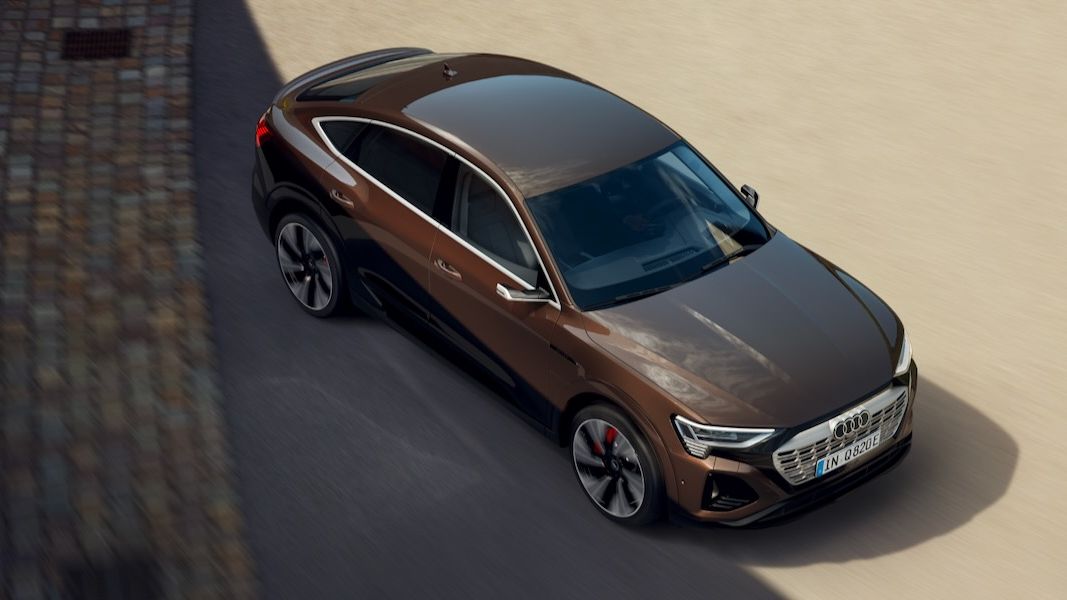FAQs
Find solutions to frequently asked questions about Electric Vehicles (EV)
Electric Vehicle terminology
EV stands for electric vehicle, i.e. a car that does not have an engine and relies solely on electric power.
PHEV stands for Plug-In Hybrid Electric Vehicle, which are cars that have both a rechargeable electric battery and an engine.
ICE stands for Internal Combustion Engines, which are cars that run using only an engine.
A KW (KiloWatt) is simply a measure of one thousand watts of electrical power.
A kilowatt hour (kWh) is a measure of how much energy you're using; it doesn't mean the number of kilowatts you're using per hour. It is simply a unit of measurement that equals the amount of energy you would use if you kept a 1,000 watt appliance running for an hour. (If you switched on a 100 watt light bulb, it would take 10 hours to rack up 1 kWh of energy.)
The higher the kWh of an electric vehicle's battery size, the more energy it can store, resulting in more power output from the battery.
e-tron battery and range
Audi uses advanced and reliable high-voltage lithium-ion batteries for daily use in electric cars.
The lifespan depends on how the battery is used and the ambient conditions.
Charging times will vary depending on the model. Refer to the specifications for each e-tron model here.
Audi recommends this because it preserves the battery and therefore has a positive effect on the battery lifespan.
Fast charging (with a charging capacity above 23 kW) is harder on the battery. AC charging is often better for the longevity of an electric vehicle battery than DC rapid charging. Therefore, when using DC rapid chargers, charging the battery up to just 80% instead of 100% can help protect its lifespan. This will accommodate most everyday journeys and will protect your battery. If you're going on a longer journey, it's fine to fully charge the battery, as this generates the longest range.
Many factors can affect the range: namely, environment, weather, weight, aerodynamics, rolling resistance, and driving style. For further details, please refer to the supporting documents that come with your e-tron.
Home Charging
For charging with alternating current Audi recommends the usage of an industrial socket, a changing station or a wall box. Alternatively, you can charge your e-tron at Audi Service Centres or at public charging stations.
Audi's charging systems are portable solutions that can be connected to any industrial socket available to customers. The system is equipped with an industry plug, and extra power supply cables can be purchased from Audi Genuine Parts. However, changing the power supply cable to a different industry plug may result in decreased charging power, as the cable and control unit are coordinated. It is recommended to only charge the vehicle with the Audi e-tron Charging system (compact) at an industrial power outlet if an industrial AC power outlet or a public AC or DC charging station is not accessible.
Yes, the Audi charging equipment is prepared for outdoor use and can also be purchased separately from the car through Audi Genuine Parts, although the prices may differ from those when purchased together with the car. It is important to note that using the charging systems in direct solar radiation during the summer may cause a reduction in charging power due to heating caused by solar radiation and the charging process.
We strongly recommend using Audi e-tron charging equipment that has been tested and verified by AUDI AG in combination with Audi electric vehicles. The usage of untested and not verified charging hardware in combination with Audi electric vehicles can result in malfunctions and compatibility problems.
Public Charging
You can find the stations in your car's navigation system, myAudiWorld app or online. All stations that are part of e-tron Charging Service are labelled as such in our systems.
Different charge point operators have different methods, please consider the instructions on the charging station.
We recommend having your mode 3 cable for public charging in the car just in case you come across any public charging stations without mounted cables. In contrast to that you only need to take along your mode 2 cable (e.g. the Charging System Compact) if you plan to charge at other sockets outside the household.
No. However, it's important to follow Audi manufacturer's recommendations for electrical safety purposes.
The electric vehicles are designed to be safe for regular use, which includes rainy days. However, it is important to follow common electrical safety practices such as preventing water from getting into the plugs or sockets and avoiding charging when the charging points are submerged in water.
Service and Maintenance
In Malaysia, the regular maintenance interval is 1 year or 15,000 km (whichever comes first).
Wear and tear parts for electric vehicles may include, but not limited to, items such as tires, brake pads, discs, and wiper blades. Due to the recuperation feature, brake pads and discs typically last longer in electric cars compared to internal combustion engine vehicles. However, due to the heavier weight and higher torque, tire wear may increase. It is important to follow Audi's manufacturer recommendations regarding maintenance intervals for these parts.
